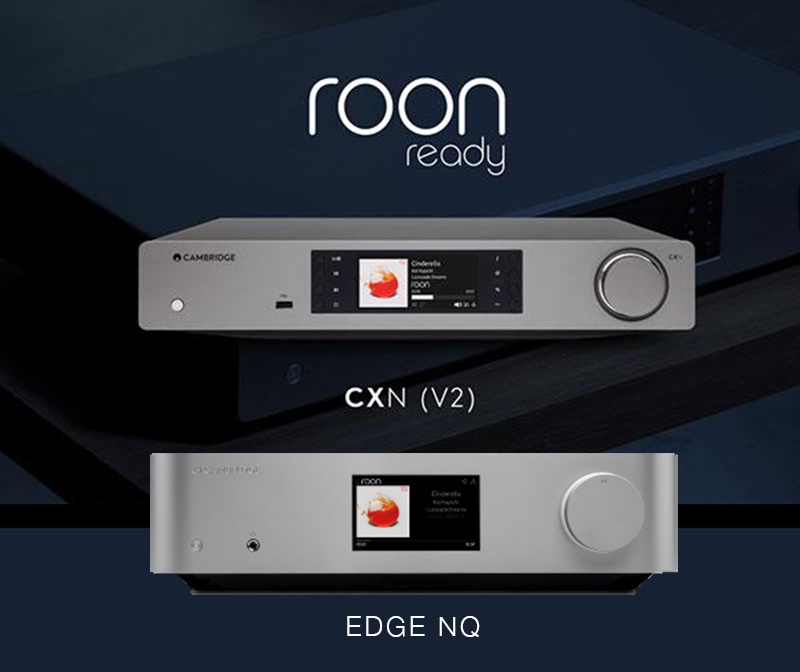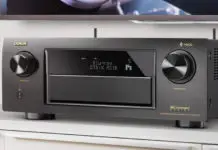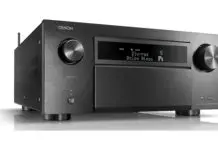Smooth. Silky. Chocolaty. If you think I’m talking about food, you’re wrong. I’m talking about speakers.* Yes, loudspeakers. Those are some of the terms reviewers have used to describe the sound of loudspeakers over the years.
That’s why I find Dr. Sean Olive’s recent remarks in Professional Sound so refreshing. Dr. Sean Olive is the president of the Audio Engineering Society and the Director of Acoustic Research at Harman International.
In an interview he states:
What all the research we’ve done has shown is that you have to measure the speaker all around and that a single curve cannot convey how good it sounds because people don’t always sit on axis; they’re hearing different direct sound and, of course, most of the sound comes from off-axis as reflections.
So the single spec doesn’t convey how good it sounds; you need to have information showing the direct sound, the earlier reflection, and the sound power. One graph can predict how good the speaker sounds with about 86-90 per cent accuracy, so the science exists, but for some reason our industry just doesn’t want to be upfront with the consumer….Marketing has to educate the consumer to explain what these graphs mean. I am hoping that it is a matter of time. If it became a standard in the AES or some other organization, I think that would accelerate the process.
I applaud Dr. Olive’s work (as I’ve posted previously) and likewise hope that in the industry we can get manufacturers to publish specs on their speaker products.
- The first is that many smaller companies probably can’t afford proper measurements in an anechoic chamber. That’s just a guess but seeing the dearth of such facilities, I can see that as a stumbling block.
- Secondly, there’s no incentive for manufacturers to do things differently.
- Thirdly, industry trade publications that do go through the effort to measure speakers need to offer ongoing primers on what the measurements mean and how readers can interpret them. I’ve seen lots and lots of people in blogs and forums making expert conjectures on graphs and measurements. How is the average person to know who is the authority?
I’m a big fan of measuring loudspeakers and a big fan of the research that’s been done up at the NRC in Canada and at Harman.
Slowly but surely, I hope we can start to see some change in how things are communicated to the average consumer.
Oh, I still don’t know what a chocolaty loudspeaker is. Can we measure that?
* I find it ironic and comical that the phrase, “Rich, dark, chocolaty in tone color and exceedingly fast and hard-hitting…” was used to describe 75K JBL Everest speakers. JBL, after all, is owned by Harman International where Dr. Olive works.














